 Second Life’s generally considered to be a bit of a weird place. A lot of virtual environments are. They go through two phases of weirdness.
Second Life’s generally considered to be a bit of a weird place. A lot of virtual environments are. They go through two phases of weirdness.
The first phase covers the first few waves of users. They’re considered weird because they’re doing something that isn’t usual: using a virtual environment at all, or using one that isn’t particularly well-known.
The second phase is when mainstream users start to trickle or flood in (and depending on the press that the environment has had, that can take place pretty close to launch). That’s when people start really doing weird things with it. Because landing the much-vaunted mainstream audience means nothing less than letting in all the weirdos.
Prior to that, you generally have people experimenting with the platform and the technology, seeing how it fits, where the money is, evaluating it for business, leisure, training, education, or just creating to suit themselves.
There’s typically no organized cadres involved, these are folks who are checking out the ground floor and determining if it is worth getting in on it for a long haul.
Generally, they’re smart, sane, sober, sensible, foresighted and farsighted people. You know, not really what’s considered normal.
Even so, playing the percentages, you’ll find a very small number of griefers, louts, firebrands and locos among them. It’s hardly a large number. Prior to maturity many virtual environments require a good deal of work, and that keeps a lot of the bad elements away.
Later, though. Well, let me tell you a story.
So, there’s an event on, and one of the attendees (appearing as Captain America) sexually harasses one of the venue staff. An abuse report takes place, and governance comes to take care of it. Unfortunately, they’re faced with so many Captain Americas at the venue that there is a little bit of difficulty identifying the culprit.
Only in Second Life, right?
Well, wrong.
A fellow by the name of Adamcik was at a bit of a shindig dressed as Captain America, but it’s okay, pretty much everyone was dressed up as something – though apparently Captain America figured very prominently. He had a burrito and a joint stuffed into his crotch.
He pestered women at the event to touch his burrito. Whether he made comedic humping motions with his hips at the time is a bit unclear. Apparently tiring of these japes, he allegedly groped a barmaid. While his behavior wasn’t exceptionally out of place at the event, he’d crossed a line.
The police were called in, but were faced with so many Captain Americas … well, the police report said “there were so many cartoon characters in the bar at the time, all Captain America’s[sic] were asked to go outside for a possible identification.†Adamcik apparently tried to evade identification by removing the burrito from his tights and concealing it in his boot. Nevertheless, he was hauled off to the lockup.
There, he attempted to flush the joint that had been concealed in his tights, but it was recovered by a police officer.
Adamcik was laid with charges of battery, disorderly conduct, drug possession and trying to destroy evidence.
Some college hijinx was it? No. Adamcik is a 54 year old family physician and the whole event was an American Medical Association shindig out in the physical world.
Yep, that’s right. Adamcik is one of those “normal mainstream peopleâ€.
Hey, mainstream dudes? You’ve lost any moral high-ground to call us virtual-environment users ‘weird’. Seriously.
This sort of thing isn’t an isolated incident. This sort of human behavior (and quite a bit that makes this look unexceptional) happens in virtually every human community on earth, every day.
That’s the mainstream. Get a few hours of XBox Live voice communications some time, but have a suicide hotline on your speed-dial first.
Even if the percentage of weirdos in phase one and phase two users remains constant, essentially opening your doors to the mainstream means opening your doors to the weirdos, the locos, the louts, the griefers, conspiracy theorists and every other kind of oddball our modern society spawns.
Come one, come all.
Also, as Linden Lab has noted on a number of occasions and most corporate IT staff will tell you, the average mainstream computer user finds the download and installation of software to be an obstacle, and sometimes an insurmountable one (unless, inexplicably, it’s some 3D screen-saver that installs malware onto computer networks).
Are those really the sort of people who are going to get a major benefit from a virtual environment and a digital economy? Maybe, but per-user they’re going to be incredibly costly to support, and that cost multiplies as their numbers increase.
If you really want to try to court the mainstream markets, you need to be prepared, and you need to give up caring whether people think your virtual environments are weird or sad or filled with folks living in their parents’ basements. That’s the mainstream, and if you want that, you go big or go home.
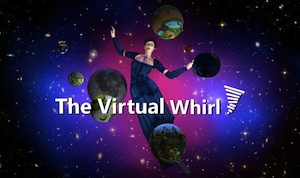
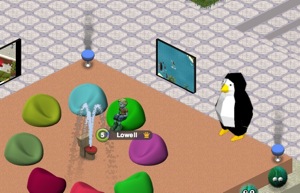
 Last week,
Last week,  It’s an understatement to say I’m really pleased to announce a further addition to the writing team at The Metaverse Journal.
It’s an understatement to say I’m really pleased to announce a further addition to the writing team at The Metaverse Journal. 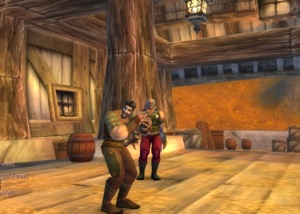
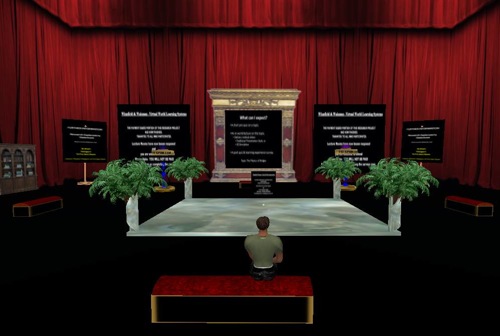
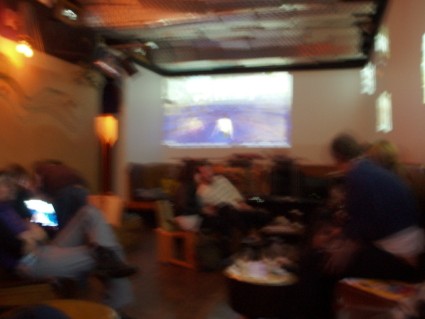
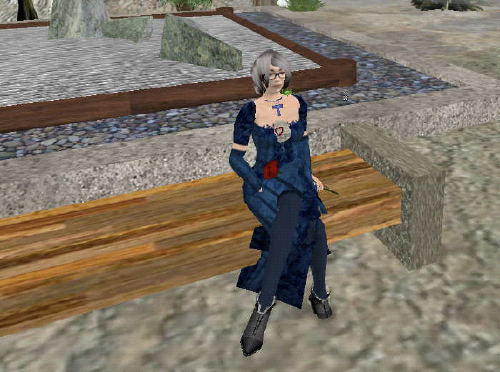
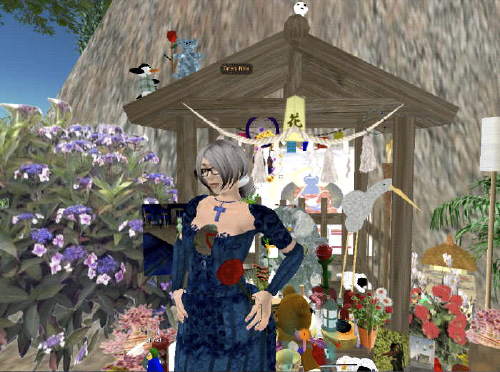
Recent Comments